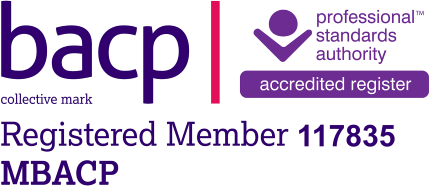Psychodynamics at Work
Working within a psychodynamic context the therapist
looks at the client’s past and sees how this influences their present situation
to find what is at the basis of their presenting issue(s). A purely Freudian
approach maintains that despite the fact an individual might repress early
memories the “Id” does not. However this strategy is not accepted by all
exponents of psychodynamic therapy. All psychodynamic approaches do however
work in reference to the client’s personality and their personal history.
Whatever
the therapeutic approach, it is the therapeutic alliance between client and
therapist that decides whether the therapy will prove to be successful or not.
It is the relationship between therapist and client that allows the process of
self-discovery to evolve. Goldfried (1980) suggested that the relationship
between therapist and client is the foundation of all psychotherapy. Jacobs
(2011:132) suggests “The basis of a […] counsellors work, […] is the real
relationship that exists simply by virtue of two (or more) people coming
together; one in the role of the helper, the other(s) seeking help […] they are
ordinary human beings, sharing the common joys and sorrows of life.”.
The
object relations approach to psychodynamic therapy in particular underscores
the human need for emotional comfort and therefore works towards establishing a
nurturing and reparative relationship with the client. The relationship that is
subsequently established provides the client with the emotional needs that may
have been missing during childhood, Clarkson suggested that the reparative
relationship was “intentional provision […] of a corrective, reparative […]
relation or action where the original parenting was deficient” (Jacobs:
Clarkson: 155).
It is
within the context of the client/therapist relationship that transference and
counter transference are encountered. Hough (2002:17) suggests that
‘transference refers to a human tendency to displace emotional attitudes and
feelings, learned in early childhood, to many situations in adult life’. This
means that past experiences are relived in the present within the context of
the therapeutic relationship.
